Underbody protection for 4X4s: what you really need (and when)
Not sure if you need underbody protection? Here’s what’s worth fitting, when you need it, and how to avoid expensive trackside repairs.
Advertisement
Not sure if you need underbody protection? Here’s what’s worth fitting, when you need it, and how to avoid expensive trackside repairs.
There you are, driving through a massive mud hole in the middle of the track – and bang – a lone rock has punctured something vital on your vehicle’s underbody. Maybe it’s the fuel tank, maybe it’s your oil pan or gearbox, all you know is that your vehicle no longer has what it needs to keep moving forward. If you’ve been in a situation like this, then we don’t need to tell you how important underbody protection is for your 4X4. A few hundred on a skid plate, or a few thousand on a gearbox – your choice.
If your 4X4 touring adventures tend to stray from well-known, gazetted tracks, and you enjoy discovering those special, remote, and technical places, underbody protection might be a great option for you. Don’t forget to research your specific vehicle. Some are more vulnerable to damage than others, and it’s pretty common for modern vehicles to have complicated, low-hanging electronics that are easy to smash on technical tracks.
Most 4X4s are reasonably tough and can handle your average track with ease. The reality is that in most situations, 4X4 tourers never require skid plates. If you stick to gazetted, well-travelled tracks, there’s likely no need to fit underbody protection. But it’s always better to have it and not need it than to need it and not have it.
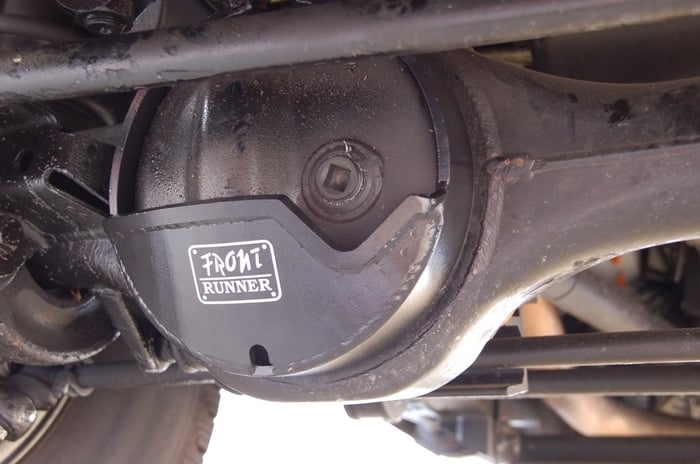
Differentials are tough. They endure massive amounts of power, load, and shock on a daily basis without complaint. But they don’t like to be messed with. Hit a rock hard enough with your differential and it’s bad news. They’re not only expensive but nearly impossible to fix in the field without specific tools.
Differential covers tend to come in two varieties: replacement covers and bolt-on guards. Depending on your vehicle, you’ll more than likely have one of the two.
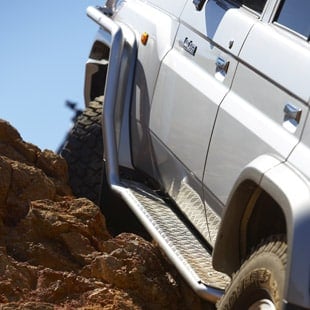
If you’ve ever seen a 4X4 with serious damage beneath the doors, it’s likely that they wandered into a technical track without the correct equipment. Protection steps and rock sliders can prevent thousands of dollars of damage to your 4X4 and should be considered essential if you’re playing in technical terrain.
Protection steps are designed to take a beating while making vehicle entry easier with the addition of a step. Rock sliders are designed specifically around the ability to support the weight of your 4X4 when it’s bashing against a rock. They’re usually lower profile too, and more durable than side rails.
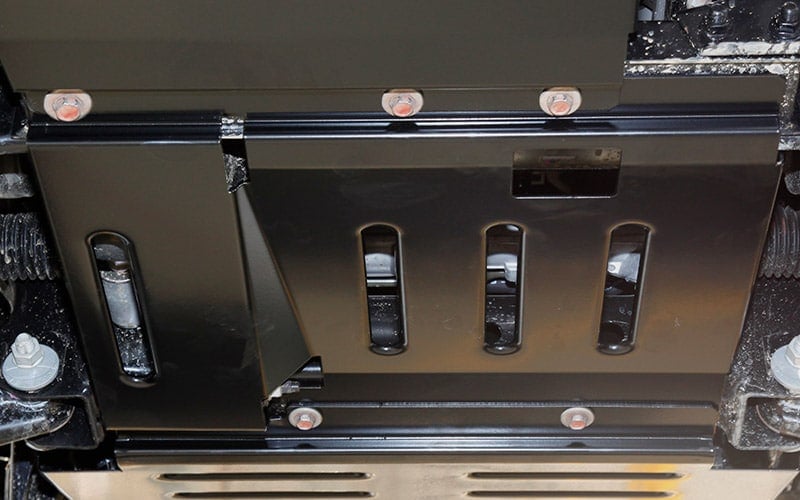
Sump guards play a multifaceted role when it comes to underbody protection. Traditionally, they don’t run the entire length of the engine, but they do focus on the sensitive bits towards the front. Your radiator, steering stabiliser, air conditioning and oil cooler are all things that can be saved by a quality sump guard.
They also look quite cool, as this is the skid plate you see on a 4X4 when it goes down the road. In addition, they can be quite useful in an animal strike.
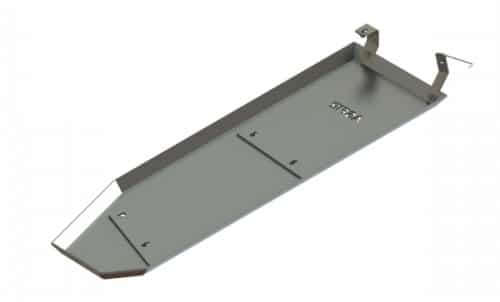
You can have all the fuel in the world with you on your adventure, but if it’s going into a tank that has a hole in the bottom, it’s not going to get you very far. Factory tanks are usually pretty durable, but rocks and sharp sticks can make quick work of them. Fuel tank skids put a protective layer of aluminium or steel between objects destined to leave you stranded, and the precious black gold inside your tank.
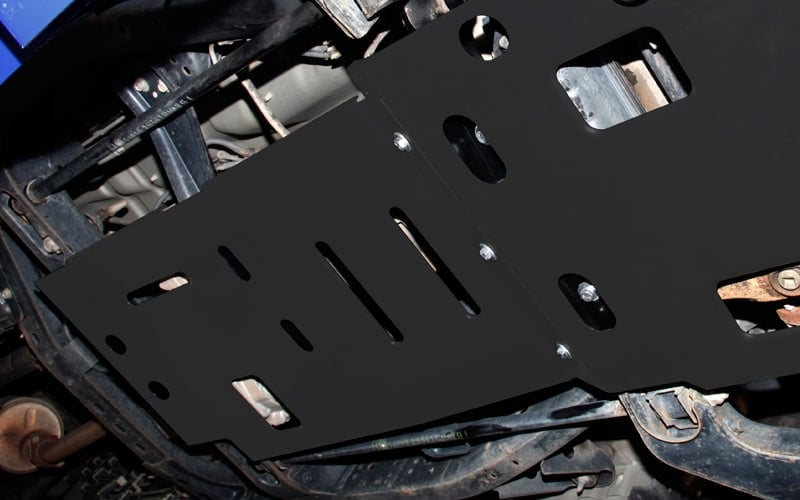
This is pretty basic, but without a functioning engine or transmission, your vehicle is dead in the water and will need to be towed, or repaired on the spot. Usually, this is difficult in the middle of the bush. It’s fairly common to see engine and gearbox skid plates combined together, as they share a common space. This is the most common skid plate you’ll find – and for good reason.